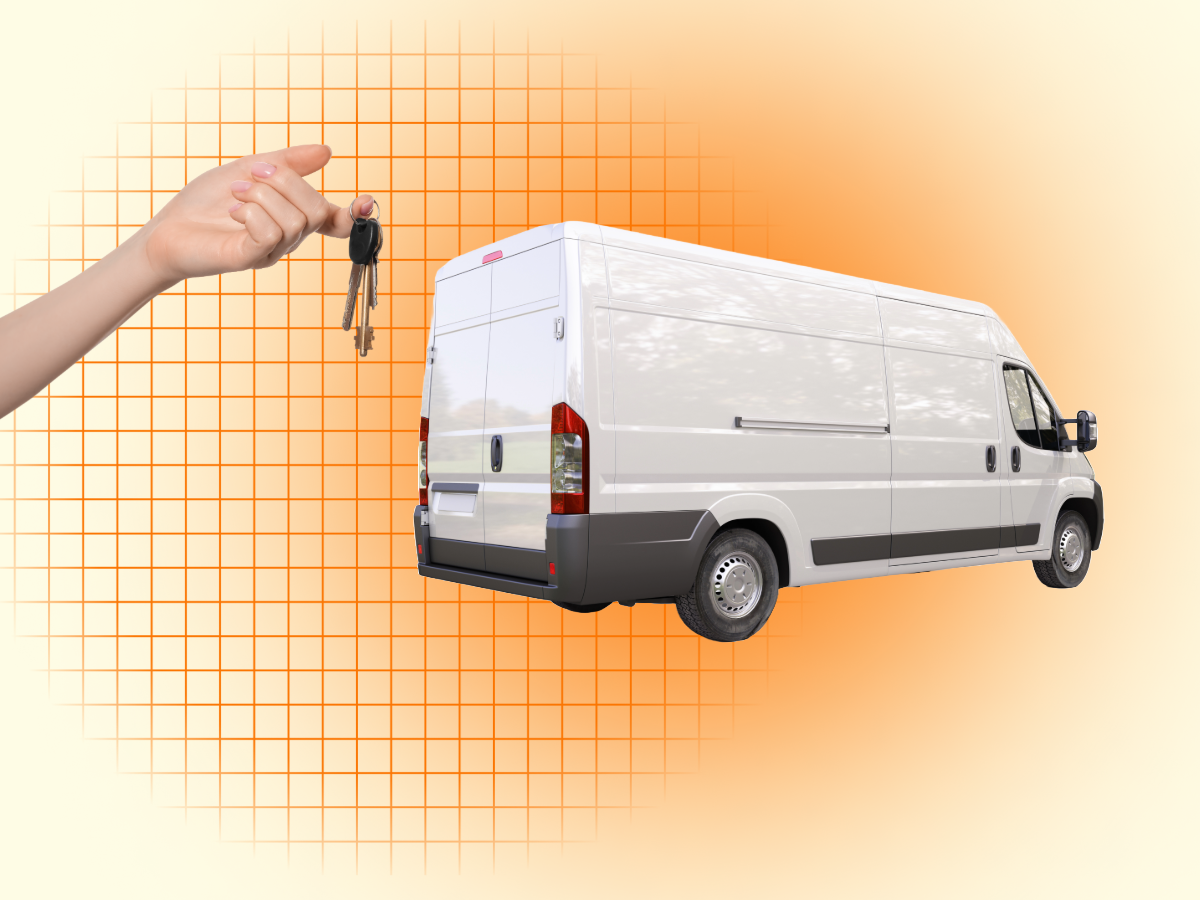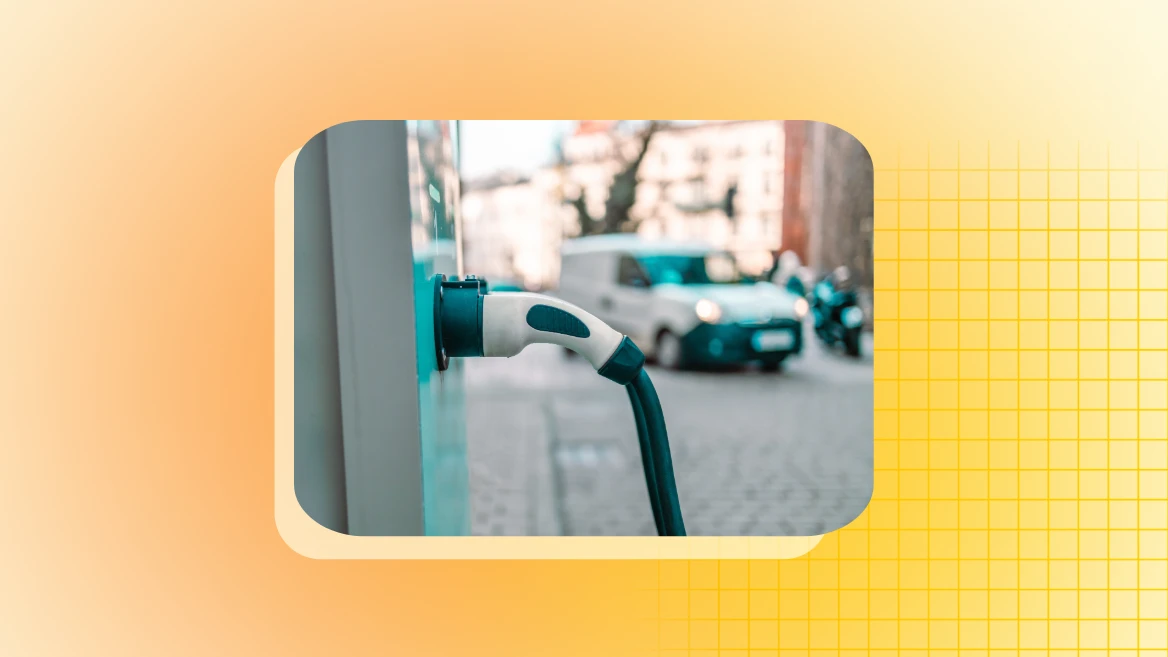In the courier business, keeping your van secure is important. These vehicles are more than just a means of transportation; they’re the backbone of your livelihood, carrying valuable goods and often operating in high-risk areas.
In the UK, 62 vans are broken into every day, an average of one every 23 minutes. Major cities like London and Birmingham take the top 2 ranks in UK van theft hotspots. But smaller towns like Tunbridge Wells and Chelmsford are also in the top 10, so it’s important to stay alert regardless of where you’re located.
So van theft is a major problem in the UK. And it affects couriers and small logistics companies severely. The loss of the vehicle itself can be financially devastating. And just as important, the loss of customer cargo can do big damage to your business’s reputation.
In this guide, we’ll share the proactive steps you can take to keep your courier van secure.
What we’ll cover
Get access to 15,000+ courier loads a day on Courier Exchange
Be your own boss. Set your own hours. Make your own money.
Practical tips for keeping your van secure
1. Parking strategies
Always park your van in well-lit, busy areas. This not only deters thieves but also makes it easier for any suspicious activity to be noticed. Whenever possible, park near CCTV cameras.
Overnight, parking your van close to residential or populated areas can also be beneficial, as it increases the likelihood that someone will notice if something is wrong.
If you’re doing overnight courier delivery jobs and need to take a break along the way, try to find a busy, well-lit motorway services to park in, rather than a dark, quiet side street.
When possible, park your van against a wall or between other vehicles. This can make it difficult for thieves to access the rear or side doors.
2. Secure storage of goods
Avoid leaving valuable cargo in the van overnight. Unloading your goods and storing them in a secure location, such as a business storage facility or a locked garage at home, is a simple yet effective way to enhance van security.
Even if unloading isn’t possible, try to minimize the amount of time goods are left unattended in the van.
3. Physical van security measures
Investing in additional locking mechanisms can greatly improve the security of your van:
- Slam locks automatically lock the door when it is closed, requiring a key to reopen it. This is particularly useful for couriers who make frequent stops, as it ensures the door is always locked, even if you forget to do so manually.
- Deadlocks work by sliding a metal bolt into a bracket inside the van’s body. This is done with a key from outside the van, creating an extra secure point to lock the door, making it harder for thieves to break in
- Catalytic converter locks protect the catalytic converter – a part of the exhaust system that contains valuable metals – making it much harder for thieves to remove it from the vehicle.
Using visible deterrents such as steering wheel locks can also discourage potential thieves. The sight of these devices alone can be enough to deter a thief from targeting your vehicle.
4. Technology-based van security
Installing a GPS vehicle tracking system is a smart investment. In the unfortunate event that your van is stolen, GPS tracking can help in its quick recovery.
Alarm systems are another effective measure to keep your van secure. Not only do they alert you to any unauthorised access, but they also serve as a deterrent, as thieves are less likely to target a van that has an alarm system.
5. Insurance coverage
Ensuring that you have comprehensive courier insurance coverage is a must. Your policy should cover the theft of both the van and any goods it carries. This can safeguard your business against significant losses you couldn’t cover out of pocket.
Regularly review your insurance policy to make sure it meets your needs, especially if the value of the goods you carry changes over time.
Conclusion
Keeping your van secure requires a combination of practical measures and investment in security equipment. By parking smartly, adding additional locks, installing GPS trackers, and maintaining adequate insurance, you can reduce the risk of theft.
As a courier, your van is central to your business and losing it can be disastrous. The cost of implementing these measures is a small price to pay compared to the potential losses from a theft.




